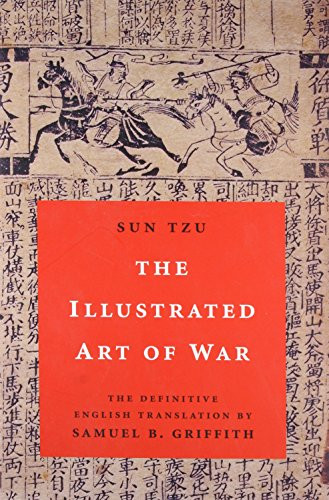Overview
From perceptive descriptions of the nine varieties of terrain, to advice on how to gage an enemy's weaknesses and strengths, to suggestions on the employment of secret agents, here is timeless advice on combat and military strategy. Sun Tzu's writings are unsurpassed in depth of understanding, shedding light not only on battlefield maneuvers, but also on the relevant economic, political, and psychological factors that can shape the outcome of warfare. Equally important, the precepts outlined by Sun Tzu over two thousand years ago can be applied with great success outside the theater of war. Indeed, it is read avidly by corporate executives worldwide and has been touted in the movie Wall Street and the television series The Sopranos as the ultimate guide to strategy. Finally, this edition offers the definitive translation of Sun Tzu's text, by former U.S. Marine Brigadier General Samuel Griffith, who was also an authority of Mao Tse-Tung.
Remarkable for its clear organization, lucid prose, and the acuity of its intellectual and moral insights, The Art of War is the definitive study of combat. It is an essential book for military history buffs, and an ideal gift for anyone who is interested in tactics and strategy, whether on the battlefield or in the boardroom.
While major retailers like Amazon may carry The Illustrated Art of War (The Definitive English Translation by Samuel B. Griffith), we specialize in bulk book sales and offer personalized service from our friendly, book-smart team based in Portland, Oregon. We’re proud to offer a Price Match Guarantee and a streamlined ordering experience from people who truly care.
We’re trusted by over 75,000 customers, many of whom return time and again. Want proof? Just check out our 25,000+ customer reviews—real feedback from people who love how we do business.
Prefer to talk to a real person? Our Book Specialists are here Monday–Friday, 8 a.m. to 5 p.m. PST and ready to help with your bulk order of The Illustrated Art of War (The Definitive English Translation by Samuel B. Griffith).

